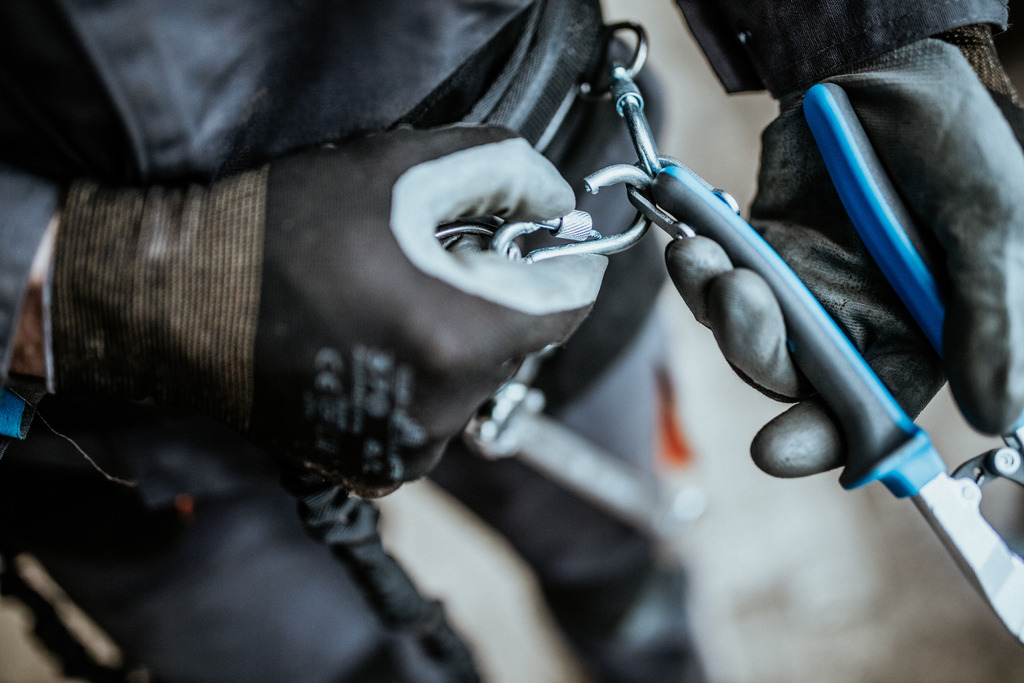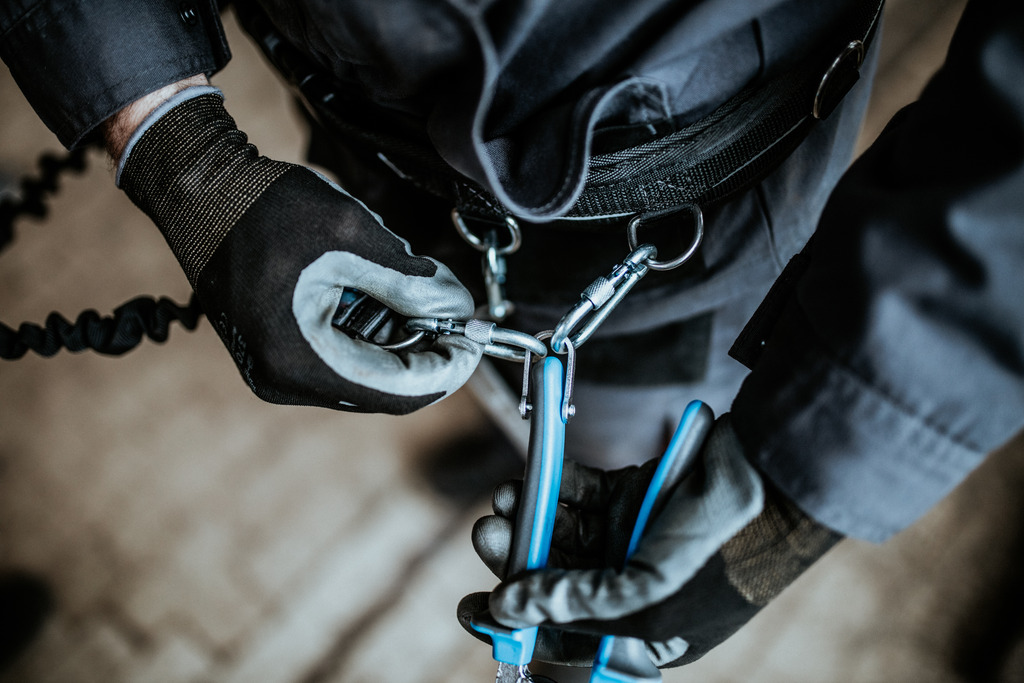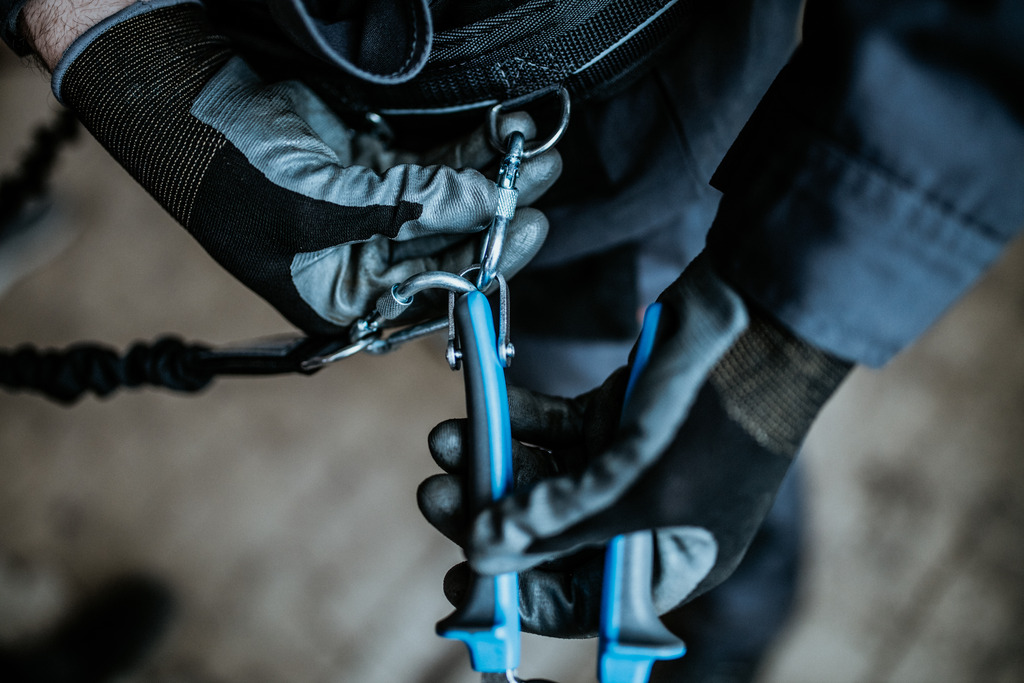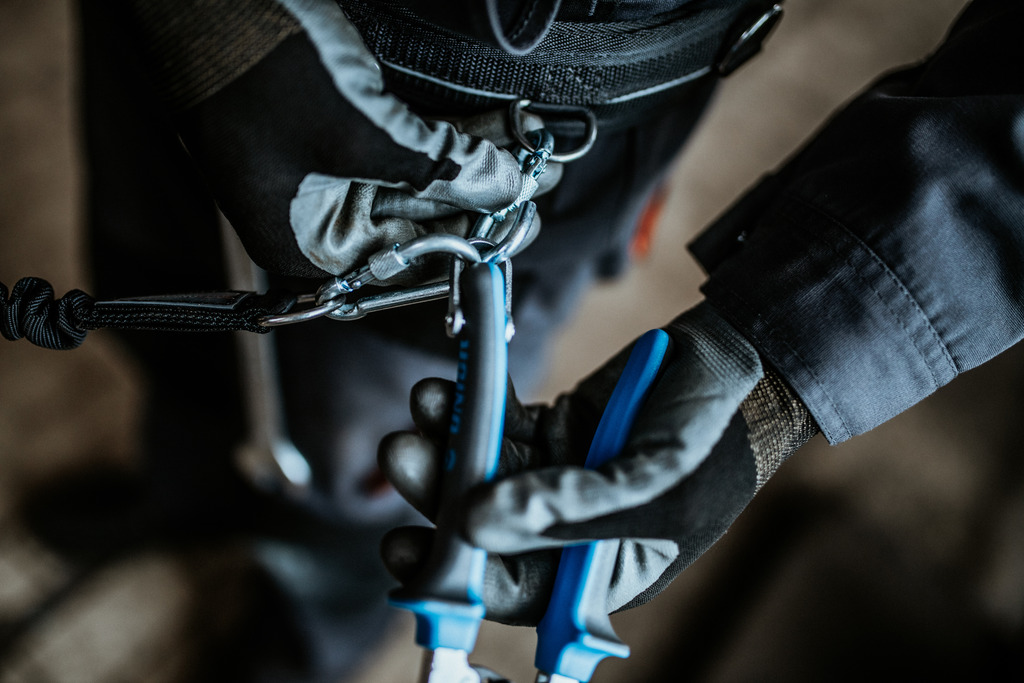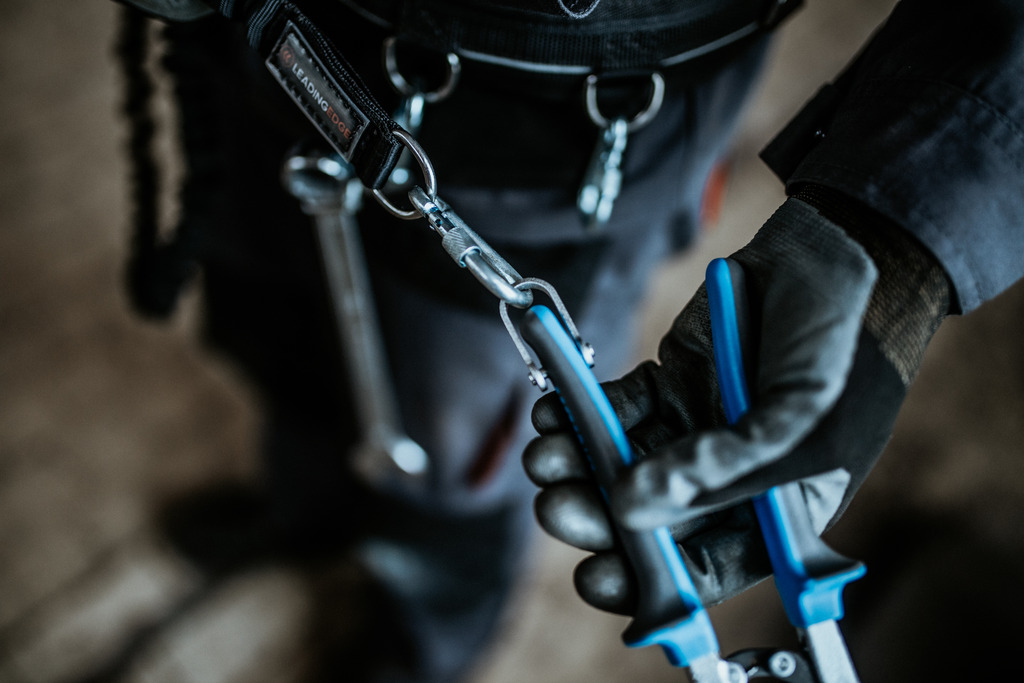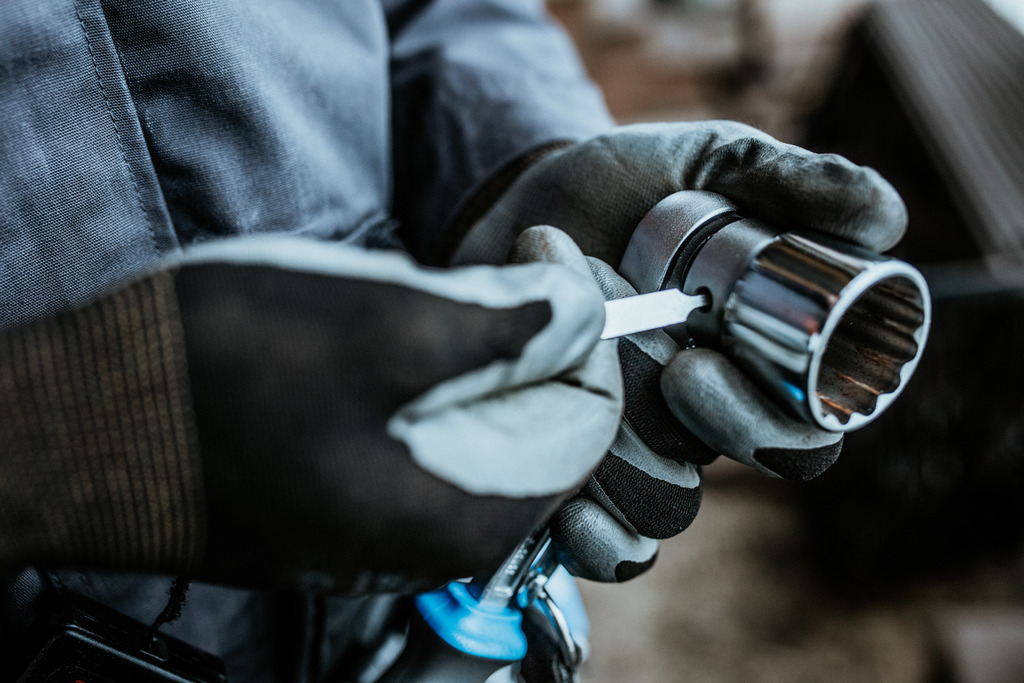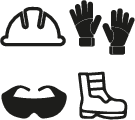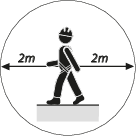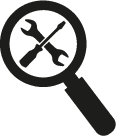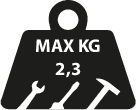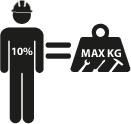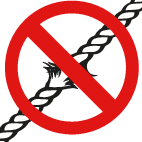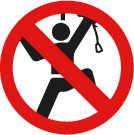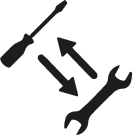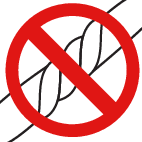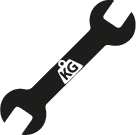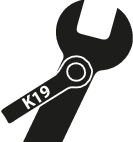Flat file with handle, bastard, for safe work at heights
More About Product
Product features
- material: premium hard plus carbon steel
- all files have second cut
Advantages:
- non-removable riveted metal ring
- tool weight is marked on each tool
- the rings on the tools are large enough to accept 2 carabiners
- Unior’s tools for working at heights have been designed to preserve the tools’ basic functions, ergonomics and utility, or to reduce them to the smallest possible extent.

* Images of products are symbolic. All dimensions are in mm, and weight in grams. All listed dimensions may vary in tolerance.
Usage (pictures)
Safety tips

- Always change tools in secure areas where there is no risk of falling tools.
- Always use tools with Unior carabiners and never use carabiners with a diameter less than 6mm.
- Tools being used at height should regularly be checked for damage and that there is no damage to lanyards, carabiners, attachment rings or belts.

- Don't use tools without attaching them to your work belt when working at height.
- Don't use and fix damaged tools.
- Don't exceed maximum weight of 2.3kg for individual tools that a worker can attach to their belt.
Safety (pictures)
Questions & Answers
-
Can we use a tool for working at height as a normal tool?A tool for working at height has the same usability as a normal tool, except that a non-removable riveted metal buckle is added to this tool.
-
Does the stated weight per tool for safe work at height also include the weight of the metal ring?The weight of the tool marked on the tool, included also weight of metal ring
HIGHLY EFFICIENT SOLUTIONS
Working at heights involves high levels of risk, so nothing can be left to chance. Unior – a synonym for high-quality hand tools, presents a line of tools specially adapted for working at heights in order to avoid dangerous falls.HIGH-QUALITY TOOLS FOR SAFE WORK AT HEIGHTS
Tools for working at heights are standard tools equipped with attachment points. secured tools significantly increase job safety.High precision
Unior’s tools for working at heights have been designed to preserve the tools’ basic functions, ergonomics and utility, or to reduce them to the smallest possible extent.











